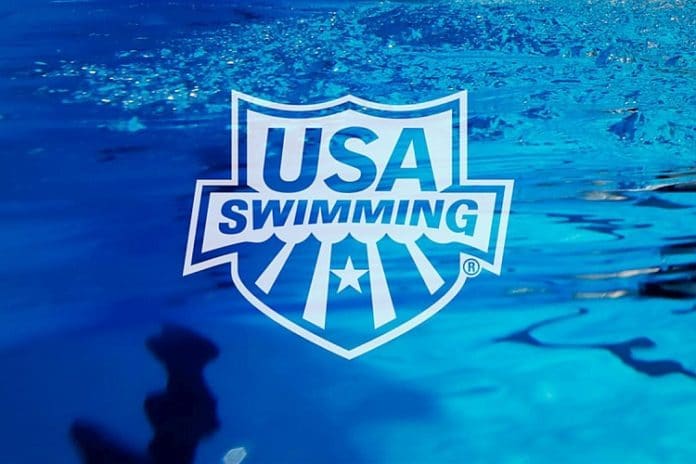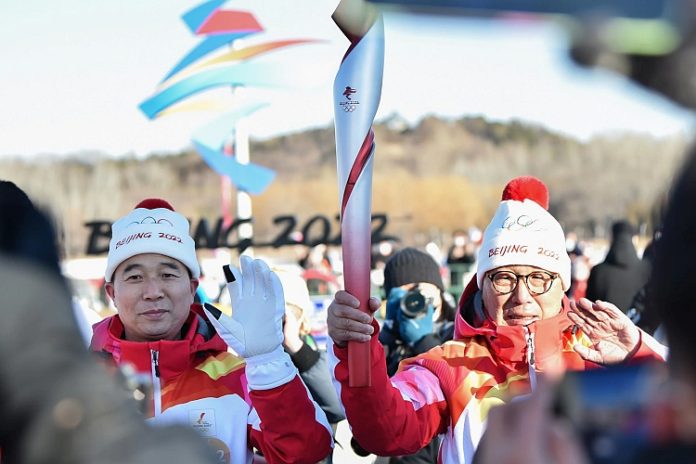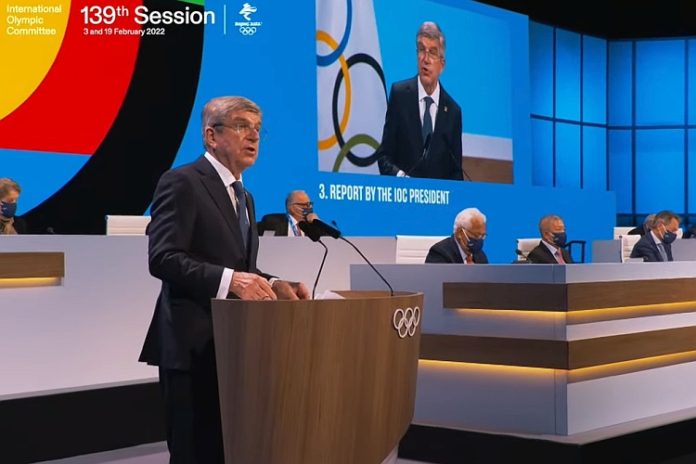USA Swimming did not shy away from the now-high-profile question of transgender eligibility, issuing a very precise, very carefully written, six-page “Athlete Inclusion Procedures” document on Tuesday (1st) which defines a two-track path for determining whether an athlete can compete in a gender classification different from that assigned at birth:
● Female-to-Male: Athletes desiring to move from women’s to men’s competition must submit a “Self-Identity Verification Request” to USA Swimming “at least thirty (30) days prior to the start of the first competition in which the athlete seeks to compete in the requested competition category.”
Once submitted, the federation can approve the request, ask for additional information, or refer it to a three-person panel which will decide. The panel is to include an athlete representative, a physician with experience in gender issues and “a member of the USA Swimming Safe Sport Committee.” The decision of the panel can be appealed to a special USA Swimming Appeal Body if desired.
No time frame for decisions are mentioned.
● Male-to-Female: This process is more complicated, as the USA Swimming news release noted:
“The development of the elite policy therefore acknowledges a competitive difference in the male and female categories and the disadvantages this presents in elite head-to-head competition. This is supported by statistical data that shows that the top-ranked female in 2021, on average, would be ranked 536th across all short course yards (25 yards) male events in the country and 326th across all long course meters (50 meters) male events in the country, among USA Swimming members. The policy therefore supports the need for competitive equity at the most elite levels of competition.
“While recognizing the need for the aforementioned guidelines in elite competition, sport is an important vehicle for positive physical and mental health, and, for this reason, USA Swimming remains steadfast in its continued commitment to greater inclusivity at the non-elite levels.”
So, the process for reclassification is to include:
(1) Filing of the Self-Identity Verification Request with USA Swimming.
(2) Satisfying the “Elite Athlete/Event Fairness Evaluation” process, which requires an application “at least ninety (90) days prior to the start of the first Elite Event in which the athlete seeks to compete in the Female competition category.” The filing will be reviewed by a three-member expert medal panel and any costs related to the evaluation will be paid by USA Swimming.
The panel can approve or reject the application, and appeals procedures are again in place.
The kicker, however, is in the requirements for participation as a female at the elite level:
“(i) From a medical perspective, the prior physical development of the athlete as a Male, as mitigated by any medical intervention, does not give the athlete a competitive advantage over the athlete’s cisgender Female competitors.
“(ii) In addition to other relevant factors considered by the Panel in (i) above, it shall be presumed that the athlete is not eligible unless the athlete demonstrates that the concentration of testosterone in the athlete’s serum has been less than 5 nmol/L … continuously for a period of at least thirty-six (36) months before the date of Application.”
There is a small exception for demonstrated lack of advantage due to a medical condition, but USA Swimming is adopting the serum testosterone limit developed by World Athletics (see below) and also adopted by the International Federations for cycling, rowing, rugby and tennis.
Moreover: “In order to maintain eligibility, if the Application is approved, the athlete must keep the athlete’s serum testosterone concentration below 5 nmol/L and comply with any other conditions of the Elite Athlete/Event Fairness Panel’s approval for so long as the athlete wishes to compete in the Female category in Elite Events.”
(For reference: normal testosterone levels in adult females range from 0.4-2.0 nmol/L vs. 8.8-30.9 nmol/L in males.)
If an athlete does not want to compete at the elite level, then the filing of the a “Self-Identity Verification Request” and the subsequent review is all that is necessary,
The question is raised as to who is an “elite athlete” in this context. The regulations are clear on this: anyone “who has achieved a USA Swimming Junior National time standard” and wishes to compete in an elite event held by USA Swimming or the international federation for aquatics, FINA.
This specifically leaves out NCAA competitions, which are not governed by USA Swimming.
The NCAA’s 19 January declaration on transgender policy, “calls for transgender participation for each sport to be determined by the policy for the national governing body of that sport, subject to ongoing review and recommendation by the NCAA Committee on Competitive Safeguards and Medical Aspects of Sports to the Board of Governors.” That review must now take place.
If the NCAA does, in fact, align with the new USA Swimming regulations, Penn senior Lia Thomas – formerly a male swimmer at Penn in 2018, 2019 and 2020, but now competing as a female – cannot compete at the 2022 NCAA Championships, as 36 months will not have passed since (1) declaring as a female and (2) maintaining the required testosterone level for that time.
Moreover, Thomas’s best times this season confirm the application of the elite-status regulations:
● 200-yard Free: 1:41.93 vs the Junior Nationals standard of 1:47.39
● 500-yard Free: 4:34.06 vs. the Juniors Nationals standard of 4:48.09
● 1,000-yard Free: 9:35.36 vs. the Junior Nationals standard of 9:56.79
● 1,650-yard Free: 15:59.71 vs. the Junior Nationals standard of 16:32.59
In fact, Thomas’s times all meet the women’s qualifying standards for the senior-level U.S. International Team Trials, scheduled for May.
The NCAA announcement also noted the divisions should “provide flexibility to allow for additional eligibility if a transgender student-athlete loses eligibility based on the policy change provided they meet the newly adopted standards.”
Thus, Thomas could end up with another year (or two) of eligibility at the NCAA’s discretion.
Observed: Good for USA Swimming for not waiting for FINA to issue its regulations and getting going on this issue – according to its notice – some months ago. This is leadership.
Like them or not, the U.S. federation now has well-defined regulations for transgender participation and while its attorneys are no doubt waiting for the challenges to come in, it has declared rules which recognize that there is a difference between elite competition and non-elite events in the application of transgender regulations. That’s important and little discussed.
Regarding Thomas, the proverbial ball is now in the NCAA’s court, as the USA Swimming regulations – as written – would indicate that she is not eligible to compete in March’s Division I national championships in Atlanta. Stay tuned.
¶
Please note that the World Athletics regulations for transgender athletes apply to all athletes; Becca Peter of PoleVaultPower.com points out correctly that the limits of their policy from 400 m to the mile only applies to athletes with differences in sex development (DSD).
You can receive our exclusive TSX Report by e-mail by clicking here. You can also refer a friend by clicking here, and can donate here to keep this site going.
For our 832-event International Sports Calendar for 2022 and beyond, by date and by sport, click here!

























